Description
This is one unique coffee! We have carried only a few of these Co-Fermentation coffees in the past, some have loved them, some have not, but a very fun and definitely unique offering for home roasters. Part high quality Indonesian coffee, part floral science experiment. Flavored enough by the crazy processing that the crowd will be split on this one but we found much joy drinking it. Be ready for new tastes, these co fermentations have been loved by many customers but are far from traditional.
Co-fermenting is rare on its own, but co-fermenting an Indonesia, one of a kind. Mostly its Central or South American coffee farmers experimenting with anerobic and co-fermentation, but these Indonesian coffees are right up there. The coffee world is a crazy place. Cofermenting is basically adding some kind of other fruit or flowers into the fermentation tank when the coffee is processing. In a way, kind of like making a beer or fruit wine, but with coffee beans instead. In this case, they used lemon and lime, which definitely plays on the floral and sweet qualities of the Gesha bean.
This is an estate-grown coffee from Aceh Province, Sumatra’s most famous and prolific for specialty wet-hulled profiles. Unlike almost all other wet hull coffee, however, this microlot uses a unique processing style that includes multiple fermentation additives like yeast and powdered flower to achieve a totally distinct, heavily flavored coffee with marmalade sweetness and sweet, fresh, jasmine aromatics. Coffee is grown all over Aceh and is particularly concentrated in Bener Meriah regency. The vast majority of it is smallholder grown and gradually consolidated through local processors and millers, blending their immediate communities or trading batches of coffee between one another until an exporter buys them up. Central Sumatra Coffee (CSC) is an exception to this. They operate a 100-hectare estate right in Bener Meriah regency, where they can control the genetics, harvesting, and post-harvest techniques to perfection. Coffees like this one, luxuriously creamy, floral, and uniquely perfumed with (you guessed it) the fragrance and flavors of fresh jasmine flowers, are only possible in the hands of exacting processors like CSC.
Tasting Notes: Unlike almost any other wet-hulled coffees, this is actually quite tasty at the light to medium roast levels. The jasmine aromatics shine at any roast point, but will be more delicate in taste, especially at fuller roast levels. No missing the co-ferment tones but comparatively to many co-ferment offerings, this has more delicate flavors, might be for its Jasmine instead of a more punchy fruit note. Light roasts have some sweet and clean lemon/citric and fruit tones right upfront that quickly fade into a nice jasmine kick. The tones balance nicely with a little earthy/herbal/cocoa dark tone that will compliment the jasmine. A semi-sweet cup overall with a ton of complexity. While piping hot, reminded me of jasmine tea, but with a fuller body, more creamy mouthfeel and a bit more kick in the aftertaste. Medium to dark roasts promote the more rustic dark chocolate roots from Indonesia and the wet-hulling, reducing the more citric/floral tones from lighter roasts. Gets a little hint of a barrel aged ferment complexity and highlights with the jasmine floral note.
Roasting Notes: Lower chaff levels, fairly even roasting, a couple of off beans but for a Sumatra, an easier to roast coffee. Surface colors darkens up a bit quickly so make sure to see bean expansion before hitting the cool button. For lighter roasts, we give it an extra little push, there can be a couple of late cracks. Can risk a stronger herbal note if too light. For fuller roasts, we recommend keeping it before 2nd crack or it can get some bitter notes mixing in. A slight sheen on bean surface, smoke, or any signs of second crack, cool it out.
Co-Ferment Process (Jasmine)
-
Pick/Float: Only dense, fully red cherries.
-
Fermentation 1 (14-16 h): parchment in a sealed tank with water and *Saccharomyces cerevisiae to start the enzymatic activity.
-
Aromatic addition (day 2-3): Freshly picked jasmine petals are added, releasing essential oils and flavonoids.
-
Fermentation 2 (≈48 h): continues in anaerobiosis, enhancing floral notes and reducing bitter compounds.
-
Wet hull & drying: When the grain reaches 25-30% moisture content, it is pulped again, hulled to 30-35%, and then dried in the sun to 10-11% to ensure stability during roasting and storage.
This approach, developed by CSC, integrates the ingredient during the microbial phase—not as a post-roast infusion—so that the aromas are anchored in the bean matrix and withstand both roasting and cup extraction.
*a species of yeast. The species has been instrumental in winemaking, baking, and brewing since ancient times.

Sumatra’s Aceh Province
Aceh (pronounced AH-CHEY) is the northernmost province of Sumatra. Its highland territory, surrounding Lake Tawar and the central city of Takengon, is considered to be the epicenter of one of the world’s most unique coffee terroirs.
Coffee farms in this area are managed with the experience of many generations of cultivation, while also harmoniously woven into their surrounding tropical forests. The canopies are loud and fields are almost impenetrably thick with coffee plants, fruit trees, and vegetables, all of which are constantly flushing with new growth. Year-round mists and rain showers never cease, farm floors are spongy and deep with layered biomass, and almost every square meter of the region seems to exude life. Nothing is ever still. Including coffee ripening, which occurs ten months out of the year.
Central Sumatera Coffee
Central Sumatera Coffee (CSC) is a young group, with young leadership. It was originally founded in 2015 by Enzo Sauqi Hutabarat, an urban university student. Aware of the growing demand across greater Indonesia for Sumatra’s best coffees, he gravitated toward Aceh as a culture and potential business environment. Until 2020 CSC only sold coffee domestically, but starting in 2021 they began to export as well, selling bits of coffee to the Middle East, Europe, Asia, and finally, in 2024, the United States, via Royal Coffee, for the first time.
CSC buys coffee from smallholders like a typical processor does. However, CSC also operates 3 large estates of about 100 hectares each: one in Bener Meriah, where this lot was produced; as well as 2 others in North Sumatra province, near Lake Toba, and one in Bali. Their farms are organized varietally, allowing them to maintain unique genetic separations during harvest and processing.
Typical smallholder coffee in Aceh tends to be a blend of cultivars, most of which are catimor hybrids, and this gives much of the area’s coffee a set of common characteristics that can be hard to transcend for a single producer. In CSC’s case, they have the genetic isolation, and the volume from such a large estate, to help them produce something unique. Even with similar processing styles as the collectors and coops around them. This estate in particular is planted with newly planted Abyssinia seedlings (most likely the AB7 or “Rambung” variety), and what’s called Gayo 2 or “Borbor”, a poorly-defined cross between Timor hybrid and Bourbon. These trees are less than 6 years old and are very productive.
“Jasmine Process”
CSC manages processing on their own estates. The Bener Meriah estate employs 30 pickers during harvest months, and 6 specialists for processing. Most of their estate coffee is wet-hulled in the traditional fashion, but this microlot received two significant additional steps, blending multiple unique fermentation techniques to augment the final cup, and ultimately processed as a semi-washed.
After picking, the cherry was first held in nylon bags for 16 hours, to allow the fruit to soften and internal sugar content to peak. After this brief cherry “maceration”, the coffee was depulped and moved to fermentation tanks. Into the tanks, CSC added yeast as an inoculating agent and powdered dried jasmine flower to co-ferment with the sticky parchment.
Once the blended fermentation cycle was complete, the coffee was patio-dried until the internal moisture reached 35%, after which the coffee was wet-hulled and the raw beans were further dried until reaching a final 11-12% moisture content. After this the coffee was mechanically milled, hand sorted, and bagged for export.
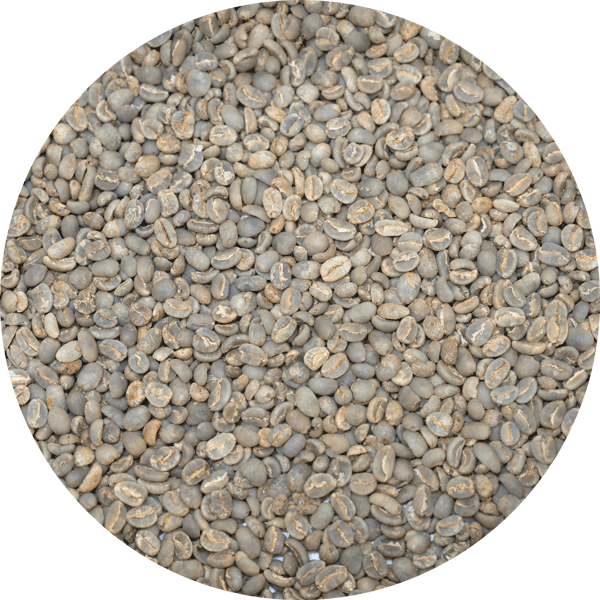
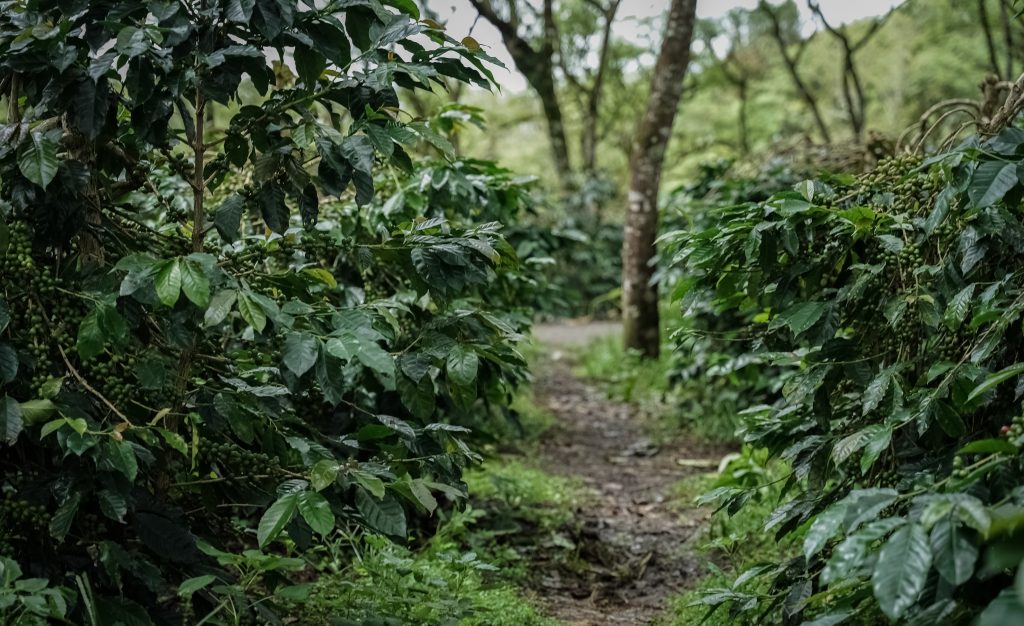
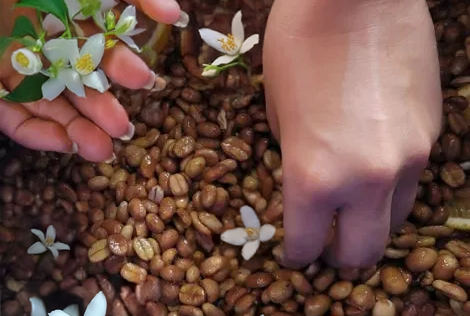
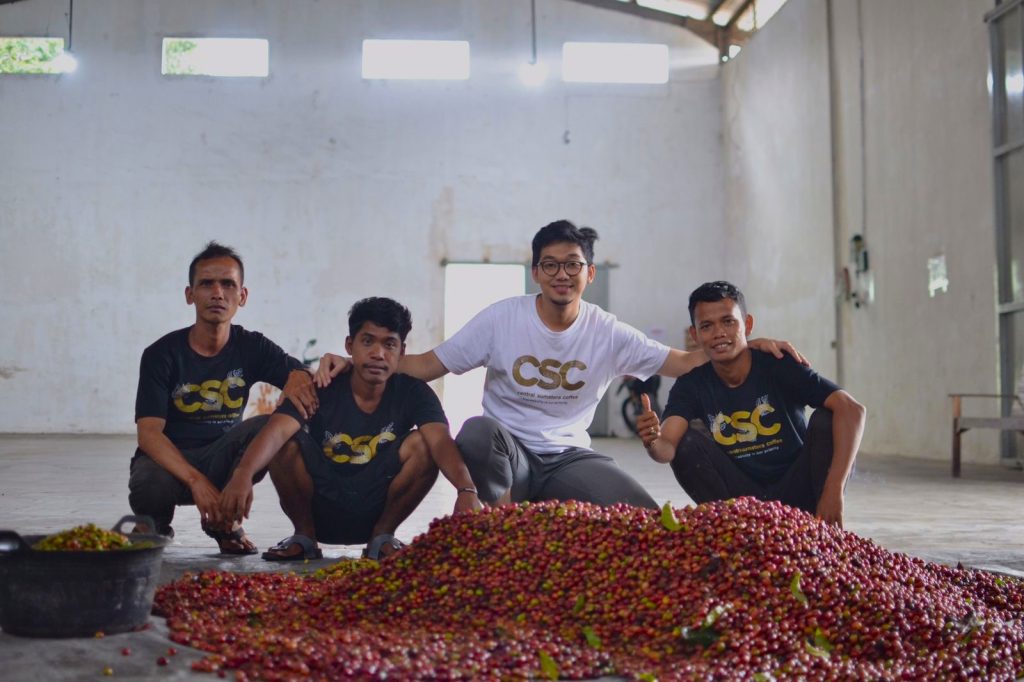
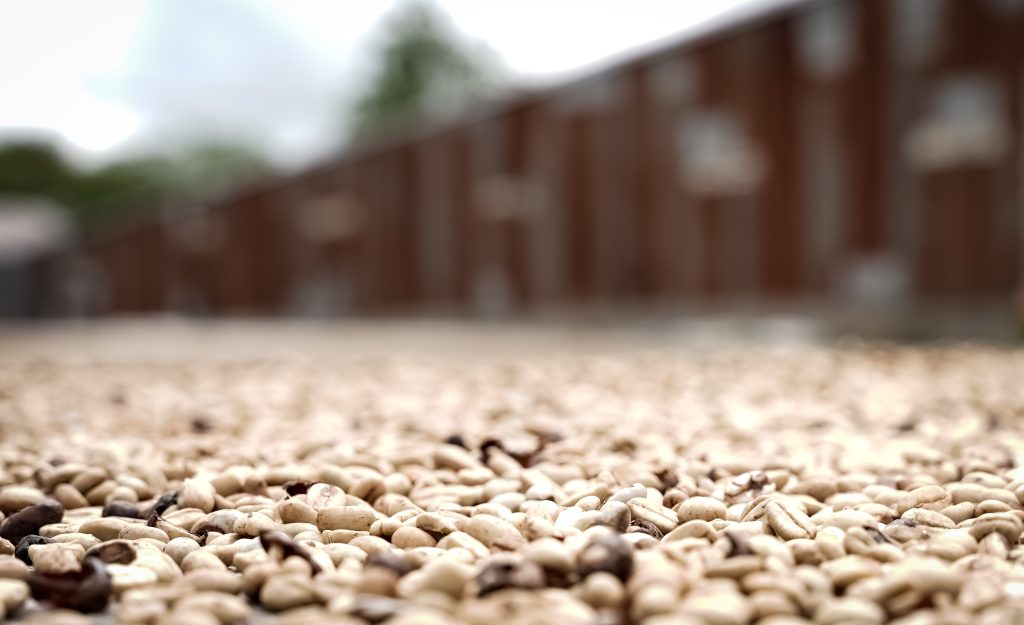
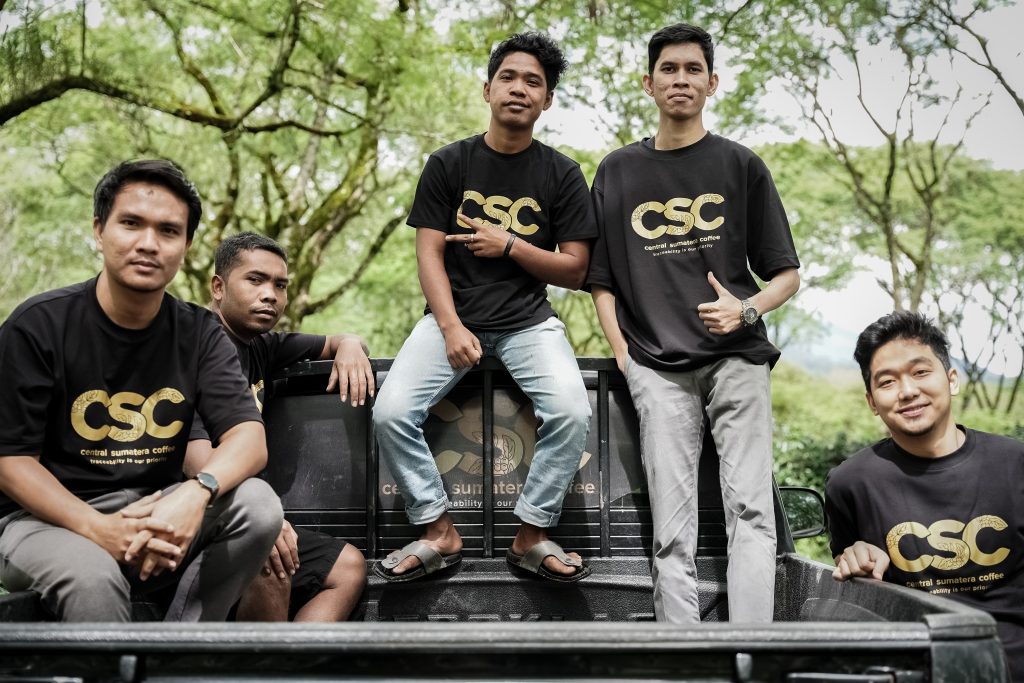
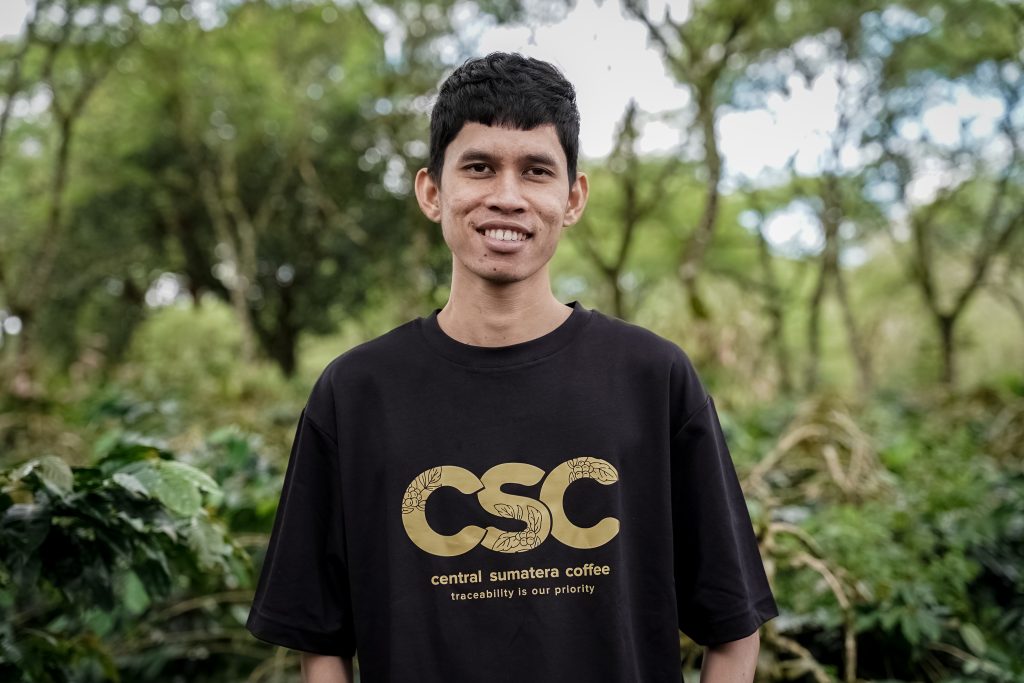
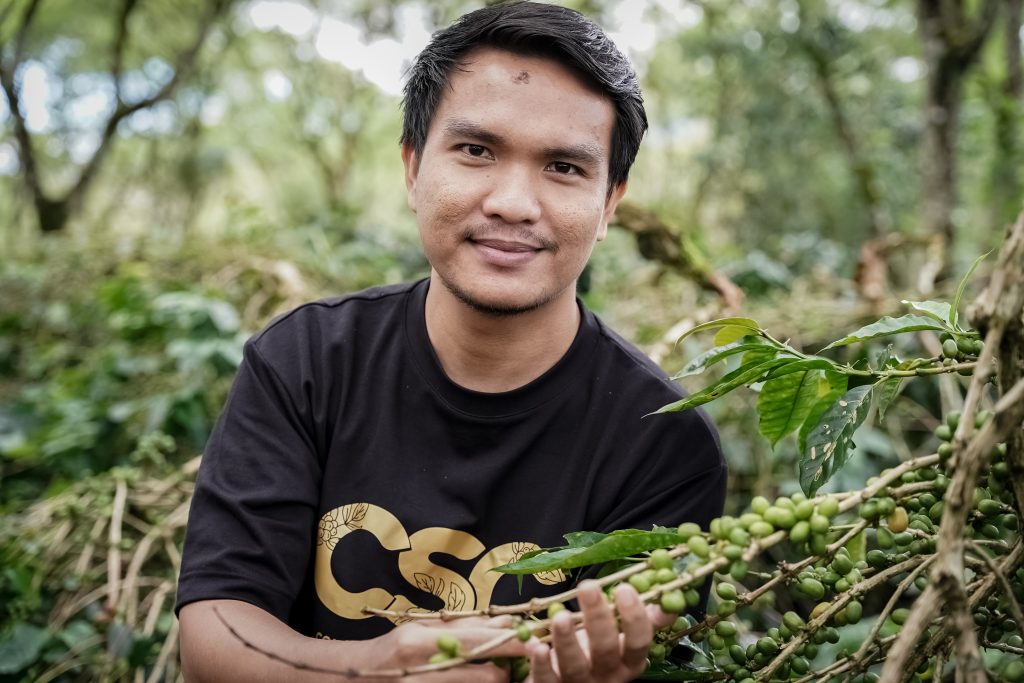
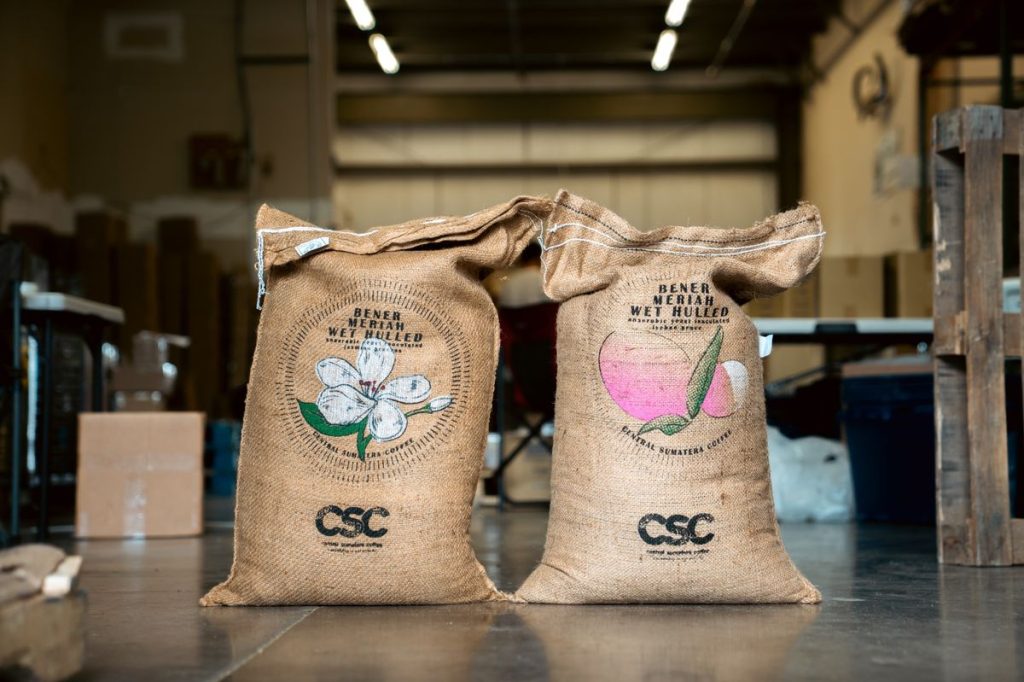
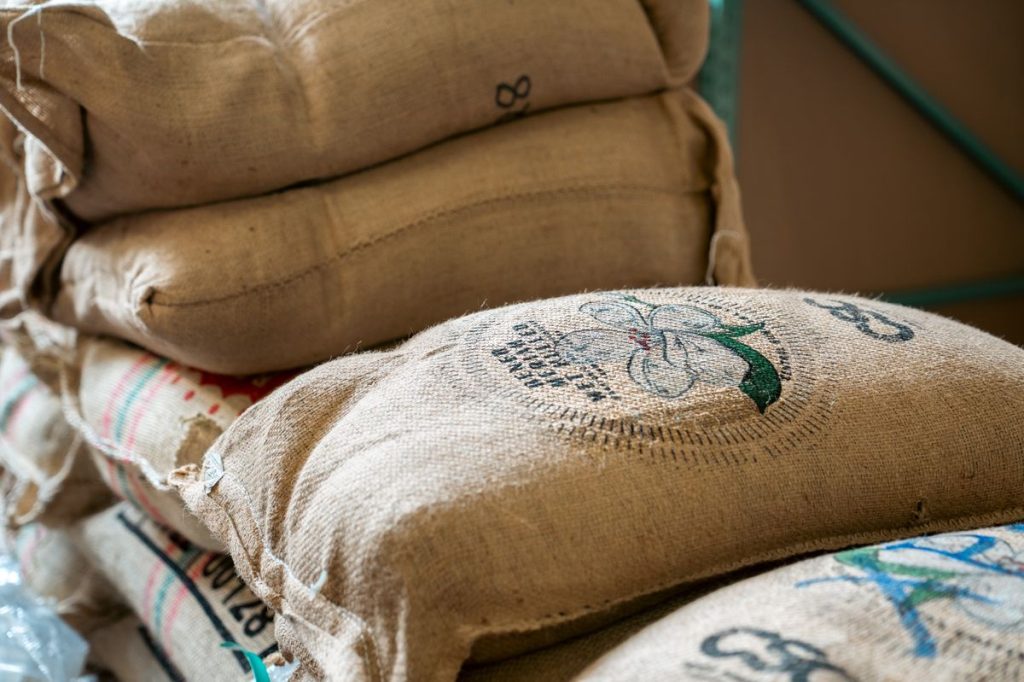
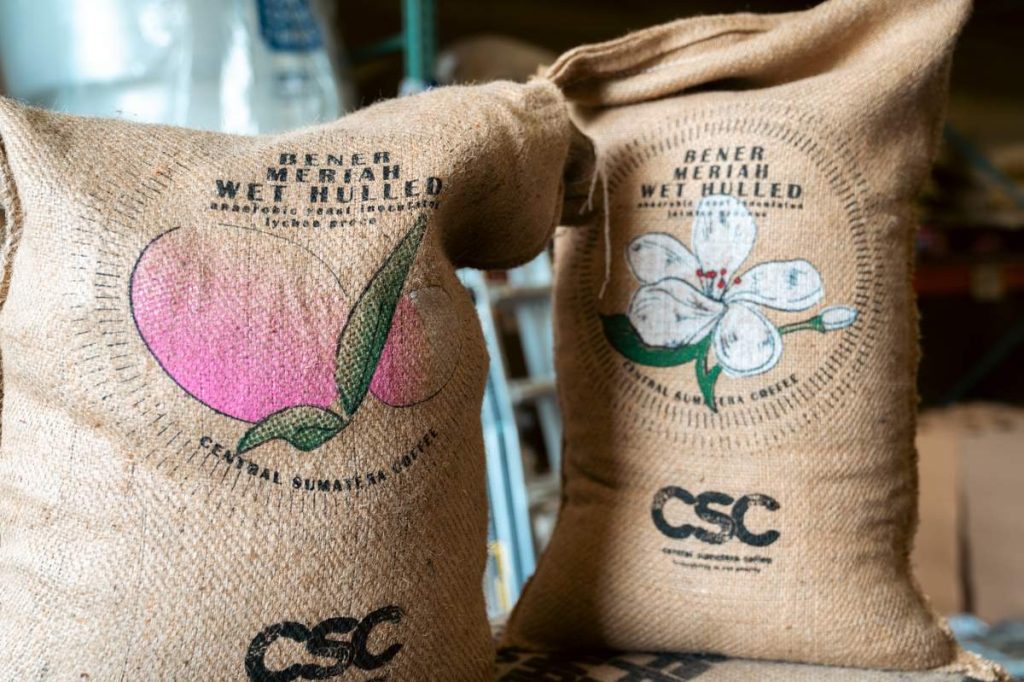
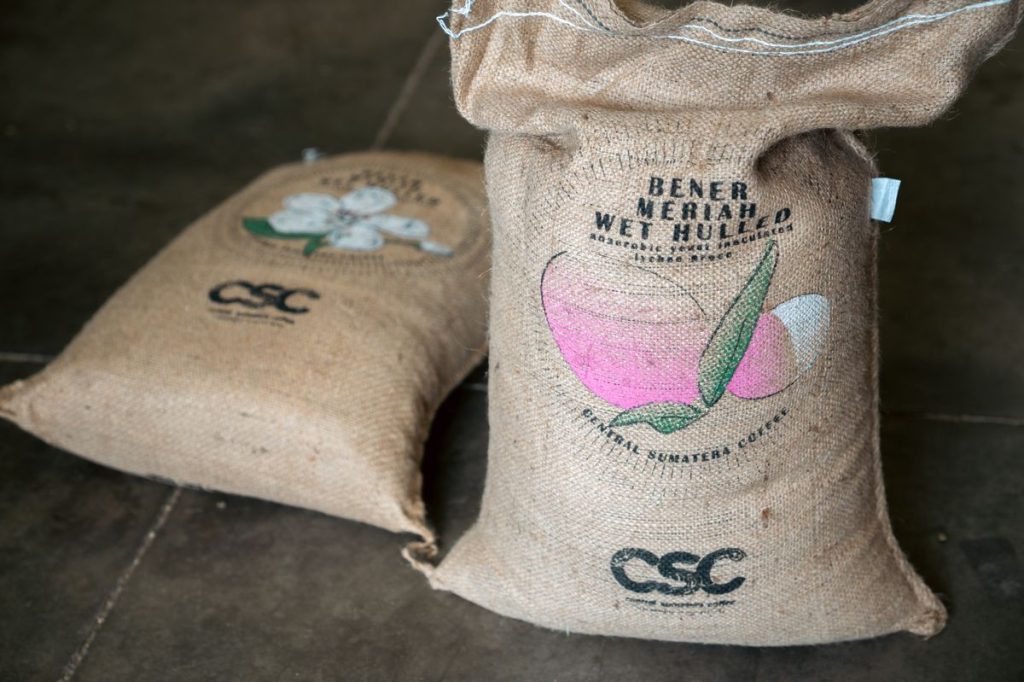
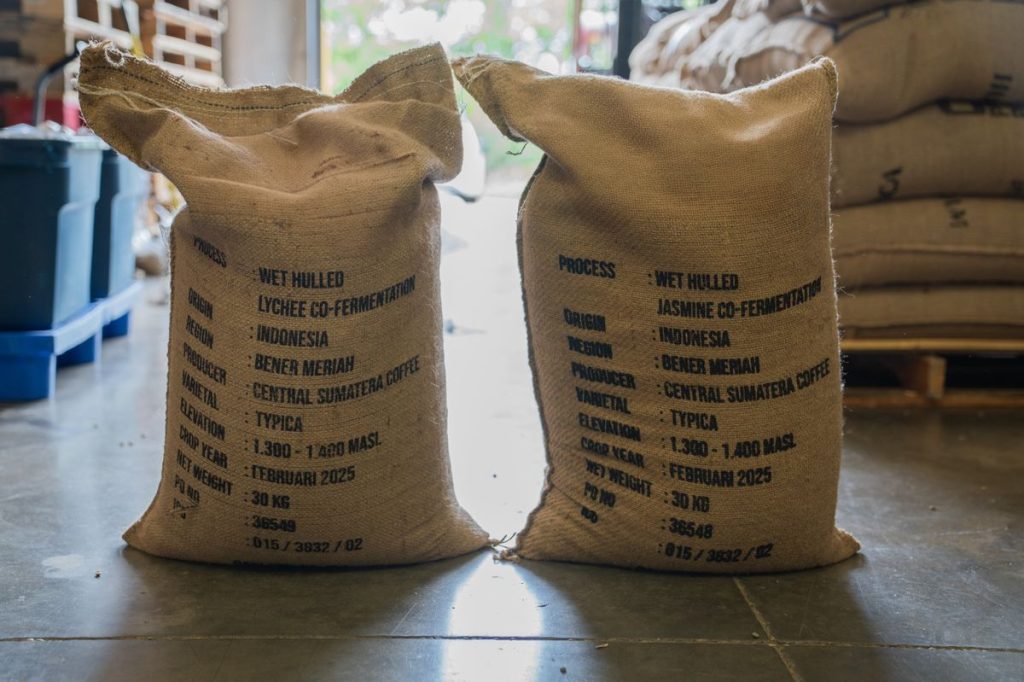
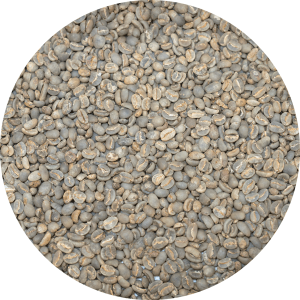
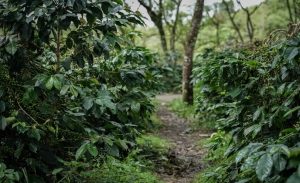
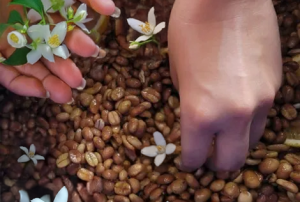
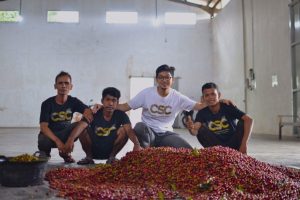
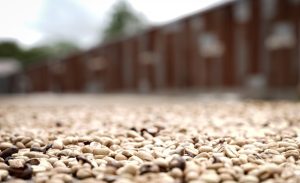

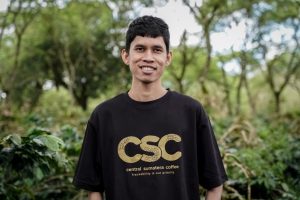
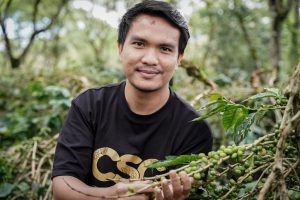
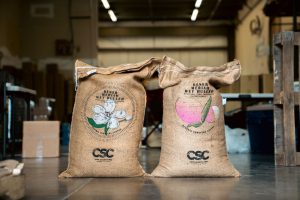
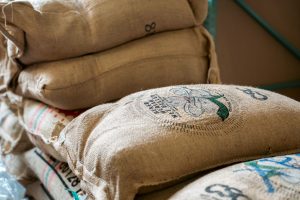
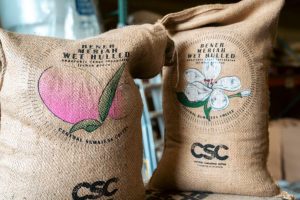
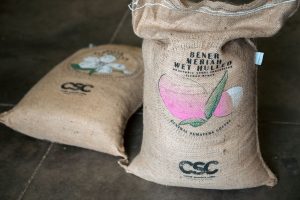
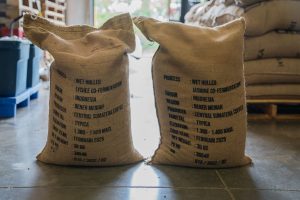
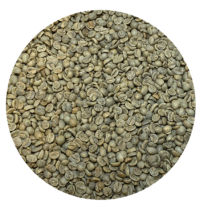
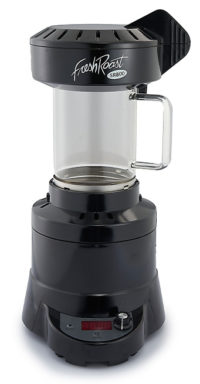
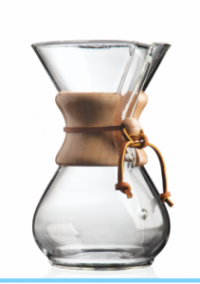
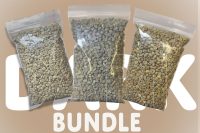
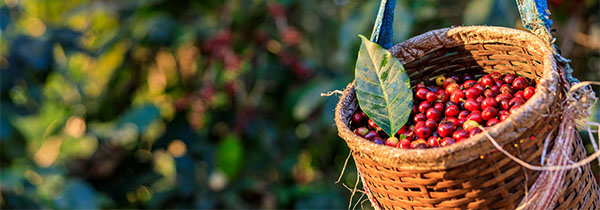
Coffee King Ted (verified owner) –
Clean and pleasant coffee flavor with nice floral highlights. I liked it best at City+ (432 F) prepared with a semi-coarse grind and steeped for at least 5 minutes for slow-sipping enjoyment (no cream or sugar, please). City roast (425 F) and espresso preparations were also very good. Roasted outdoors using a Fresh Roast SR800 w/ Ext Tube, City+ lasted 8:45 and City was a speedy 7:45.